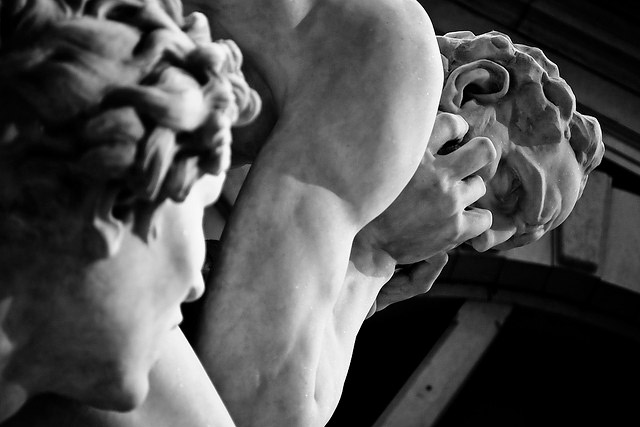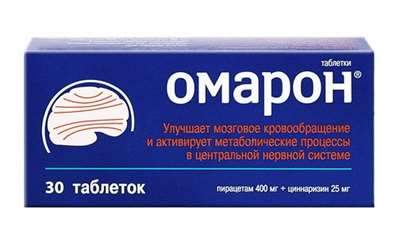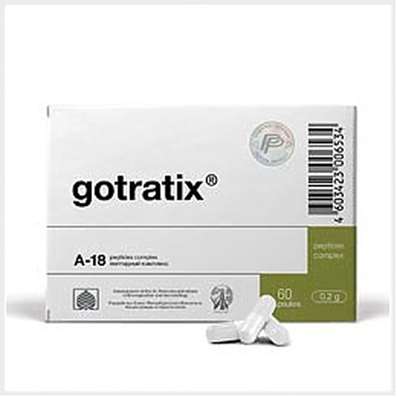Fear: the causes, mechanisms and reflexes
03 Nov 2016
5 facts about the physiological basis of fear and trials.
Fear - is the emotive state, which is accompanied by a situation that threaten the normal functioning of the body, and is usually accompanied by the formation of a defensive motivation. However, it may be accompanied by other motivations, aimed at getting rid of the danger.

- 1.Experiments over fear
Fear can be experimentally simulated by means of electrical stimulation of the so-called motivation-gene centers specific brain structures - the hypothalamus. Thus, live animals stimulating electrode in the ventromedial hypothalamus, physiologists can observe a pronounced reaction of avoidance and fear. (To reduce your fear you can using: Phenibut, Picamilon, Selank and Afobazol.)
- 2.The mechanisms of fear
The mechanisms of fear are not much different from other motivational mechanisms and may be associated with the excitation of certain neural centers in the brain, which in turn activates the reticular (mesh) formation. This structure is composed of interwoven and branched nerve fibers, provides non-specific excitation of the cortex and other brain overlying departments.
It's a pretty universal mechanism, which was first shown by Academician Anokhin. He proved that, when there is any motivation, is excited reticular reticular formation, which provides reticular effects on the cortex and other higher-lying parts of the brain, such as the emotion-generating organs, because fear can be more than just fear, and it is associated with some additional emotion, you can come up with different options.
There are times when it is very intense fear becomes the dominant motivation, while off other pressing needs of the body. When this condition may decrease the activity of cortical centers of the brain. It happens that a person can not move, being greatly frightened. And in other cases, fear can, on the contrary, activate the work of the cerebral cortex, especially in trained people - they are activated cortical mechanisms of excitation of the reticular formation.
- 3.Hormones of fear
When we are afraid, there is a definition of specific hormones, as well as special molecules, called peptides.
The best-known hormones - adrenaline ( "hormone rabbit") and Norepinephrine ( "lion hormone"). Adrenaline causes increased heart rate, vasoconstriction abdominal muscles, mucous membranes, helps to relax the muscles of the intestine, dilated pupils and so on. The main objective of this hormone is the adaptation of the body to respond to stress. Epinephrine improves skeletal muscle function. If a long time, this hormone has an effect on the body, in this case increases in size myocardium and skeletal muscle. Norepinephrine is an hormone and simultaneously with the neurotransmitter. It also increases the level of stress, shock, and other similar conditions. Norepinephrine constricts blood vessels and raises blood pressure. The duration of action of noradrenaline at the time less than the effect of adrenaline. Both hormone causes tremors. Immediately after the determination of stress hypothalamic corticotropin released into the blood. Corticotropin, reaching the adrenal glands, induces the production of adrenaline and noradrenaline.
It is known that in ancient Rome, the soldiers chose those slaves who paled with fear, and those who blushed at the sudden fright, were excluded.
The problem of the peptides is not well understood, moreover, many materials can be classified as such studies may be of interest even for the military and intelligence organizations. But the physiological properties of peptides continue to be actively explored. Neuropeptide can ensure the formation of thin mental states, including anger, fear, fright. In psychiatry, and studies of the cerebral cortex there is a classification of the types of fear: in particular, isolated phobia, hypochondria, panic attacks, delusions of persecution, etc...
- 4.Causes of Fear
Fear, like pain, is a protective mechanism of the mind. The impact of fear on behavior can be very individual. If fear is not very strong, then, like any reasonable force for motivation, it can improve purposeful behavior and promote the best solutions. But it is extremely strong fear, as any super-strong motivation can interfere with proper reasons. If a person is moderately afraid of public speaking, you can improve the quality of the report, but if the emotion is too strong, it is likely he will fail.
- 5.The reflexes of fear
When fear increasingly included subcortical limbic structures, they operate automatically. Academician Pavlov called these influences "blind force of the subcortex." For example, a person walking in the woods, saw a snag, like a snake. First of all, it will react to the limbic structures that make him scared and jump. The structure of these subcortical centers has more primitive features than the complex and multi-level organization of the cerebral cortex. Therefore, in such critical situations "emotional" information processing by the brain can occur quickly, but not necessarily more accurate. rational analysis of cortical then turned on, which makes it possible to determine that this is a snake or still snag. When fear can be turned reflexes autonomic system that controls the internal organs. It consists of the sympathetic and parasympathetic divisions. The parasympathetic system can explain the formation of the so-called "bear illness" at bay. They say that the body bears particularly pronounced effects of the parasympathetic nervous system.

 Cart
Cart





